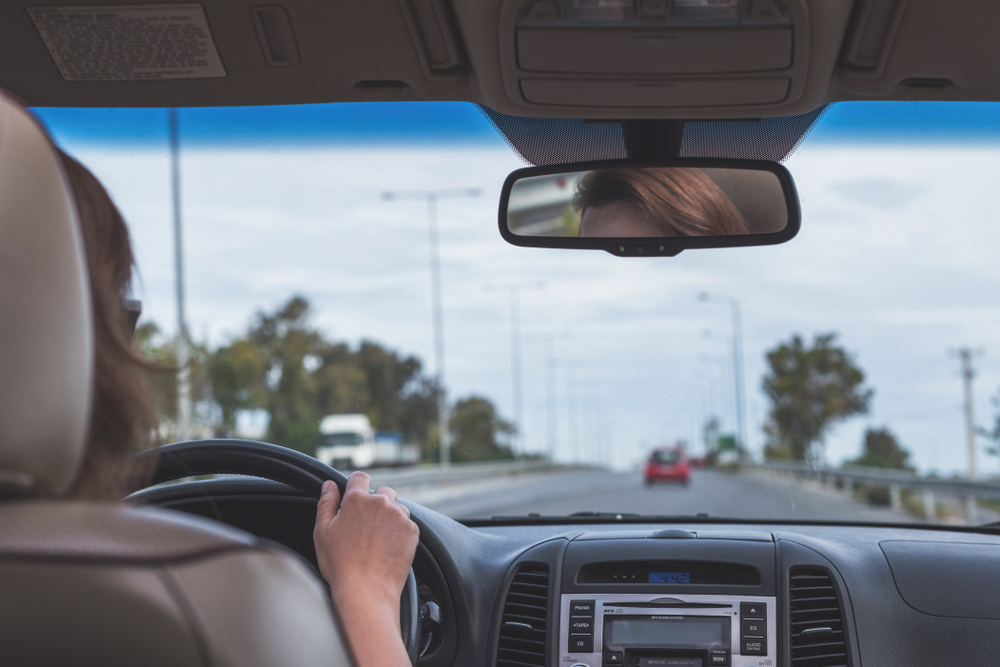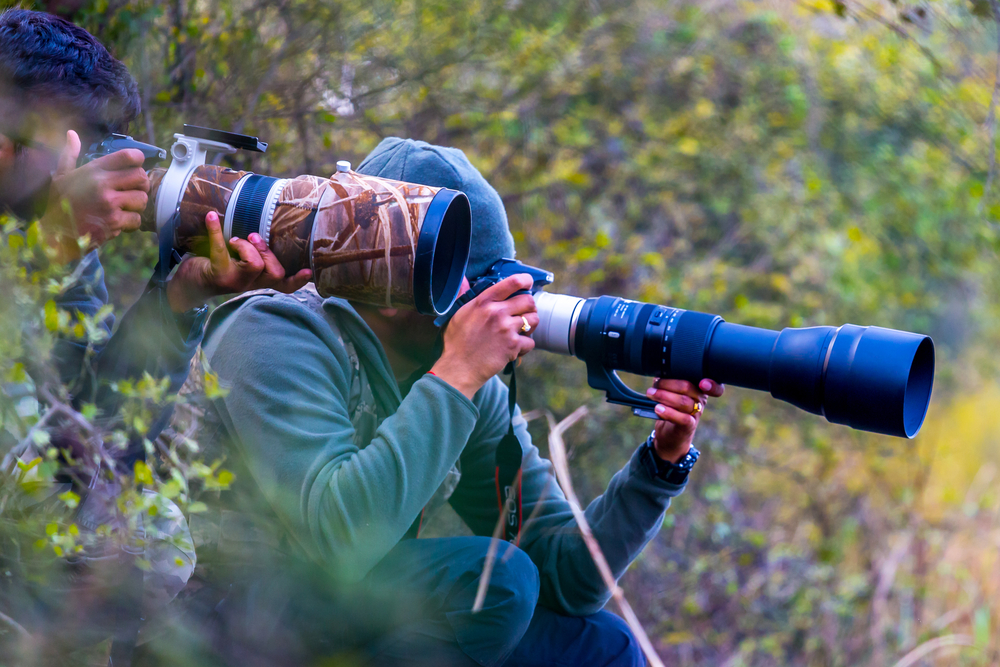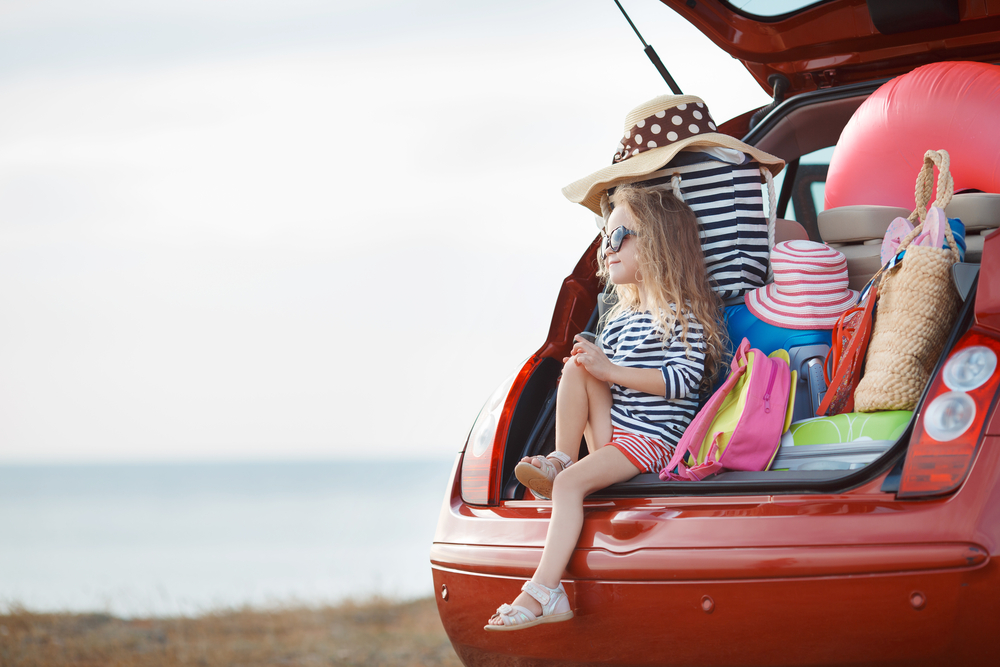Spain offers great beaches, fantastic weather and for Brits, it is pretty affordable. No wonder that it tops the list of countries we love to head to the most. With over 18 million visitors travelling there from the UK each year between 2017 and 2019, it’s almost twice as popular as France.
Now, with pandemic restrictions and entry limitations finished, Spain is very much open for business, and it’s also often cheaper to drive than fly. We take a look at how the rules have changed since Brexit and all the things you need to know before embarking on a road trip to Spain.
1. Have the right documents
Getting your documents in order should be the first step in preparing for a journey abroad, you should be aware of the following points when traveling to Spain:
- Make sure your car insurance covers you outside of the UK – keep proof of this with you
- If your vehicle is registered in the UK, it needs a ‘UK’ sticker on it when driving abroad. The older ‘GB’ stickers are no longer valid
- Ensure your UK driving licence is valid – an international driving permit is not required
- The V5C document proving your car is registered to you is required
- Carry some form of identification- usually your passport
In summary you will need your:
- Driver’s licence
- V5C registration doc
- Proof of Insurance
- Passport
2. Check what has changed since Brexit
There have been a few changes since the UK left the EU. All vehicles registered in the UK now need to display a ‘UK’ sticker instead of the older ‘GB’ sticker when traveling overseas.
The UK is also not bound by the EU cross-border directive anymore, meaning that EU countries can no longer pursue speeding offences committed by UK drivers abroad.
UK residents can travel to Spain (or any European country) for a period of up to 90 days in a 180-day period without requiring a visa, however, from May 2023, UK travellers will need an ETIAS (European Travel Information and Authorisation System) visa waiver to enter EU countries.
If you have been vaccinated for Covid, keep proof of this with you.
3. Be familiar with French road rules, as you’ll also be driving through France
Driving to Spain will take you through a large section of France, so it’s important to bear a few things in mind:
- Most large French cities now have low emission zones – Zone à Faibles Emissions (ZFE). You will need to apply for a Crit’Air sticker on the official website, this will determine which zones your vehicle is allowed in. The cost is €3.11 + €1.40 postage outside France.
- Display a ‘UK’ sticker on the rear of a UK-registered car
- Your UK driving licence is valid in France – you do not need an international licence
- You cannot take meat, milk or dairy into France
- You are not allowed to use your radar detector while driving through France – even navigation systems displaying fixed speed cameras are illegal
- Fruit and vegetables can be taken into France if you have them inspected beforehand
- You will need to either manually adjust your headlamp or use deflector stickers to avoid dazzling oncoming traffic
- The national speed limit is 130km/h (80mph) on motorways, dropping to 110km/h (68mph) in inclement weather conditions
4. Work out the best route
All routes to Spain involve a trip across the English Channel to Calais, you can take the ferry from Dover which is about 1hour 30 minutes or use the Channel Tunnel, which is around 35 minutes, but costs more. There are many ways to drive through France and we list a few options below. Bear in mind that the estimated time and distance starts from Calais.
The quick route: Calais – Rouen – Tours – San Sebastian
- 685 miles, 10 hours 20 mins est.
- Includes tolls
- Channel tunnel to Calais
- Calais to Rouen on A16/A28
- Rouen to Le Mans and then Tours on A28
- Tours to Bordeaux on A10
- Bordeaux to Biarritz and then San Sebastian on A63
This route is mostly on the motorway and includes a number of tolls.
The cheap route: Calais – Rouen – Le Mans – Poitiers – Bordeaux – San Sebastian
- 669 miles, 13 hours 51 mins est.
- Ferry to Calais
- Calais to Rouen on A16/A28
- Rouen to Le Mans and then Poitiers on D347
- Poitiers to Bordeaux on N10/A10
- Bordeaux to San Sebastian on A63
This route avoids all toll roads; however it will take at least 3 hours longer than the quickest route and will involve areas of single lane roads which can significantly slow progress.
The scenic route: Calais – Paris – Limoges – Bordeaux – Bilbao
- 771 miles, 13 hours 26 mins
- Includes tolls
- Channel tunnel to Calais
- Calais to Pairs on A26/A1
- Paris to Limoges on A10/A71/A20
- Limoges to Bordeaux on E606
- Bordeaux to Bilbao on A63
The scenic route is longer and slower than the most direct options, so an overnight stay in Limoges (see the medieval houses and stunning porcelain and glass products) or Bordeaux (to stock up on fine wines) is a great way to break the journey.
5. Be familiar with Spanish driving laws
- You are not allowed to use your radar detector while driving through Spain, however, navigation systems displaying fixed speed cameras are legal
- Display a ‘UK’ sticker on the rear of a UK-registered car
- You must carry a high-vis jacket and warning triangle in the car
- You can use your UK driving licence in Spain
- You will need to either manually adjust your headlamp or use deflector stickers to avoid dazzling oncoming traffic
- The national speed limit is 120km/h (75mph) on motorways
Driving to Spain from the UK FAQs
How long does it take to drive to Spain?
The quickest route from Calais to San Sebastian can be done in just under 11 hours. The ferry from Dover to Calais takes 90 minutes, while the Channel Tunnel takes 35 minutes. Budget at least 14-15 hours for the entire journey if you live in the southern parts of the UK and plan to travel further inland than the Spanish border.
How far is Spain from the UK?
The distance from Dover to San Sebastian is 732 miles.
The distance between the two capitals, London and Madrid, is 1,070 miles.
Can I drive in Spain with a UK licence?
Yes. Your UK licence is legal in Spain
Do I need an IDP to drive in Spain?
No. If you have a photocard driving licence you do not need an IDP (International Driving Permit). If this isn’t the case for you then check this government portal to see what the requirements are.
What do I need to drive in Spain after Brexit?
From May 2023, UK travellers will need an ETIAS (European Travel Information and Authorisation System) visa waiver to enter EU countries. You will need to display a ‘UK’ sticker on the rear of any UK-registered car.
Do I need extra insurance to drive to Spain?
You will need to confirm with your insurance company that you are covered for travel abroad.
What side of the road do they drive on in Spain?
The Spanish drive on the right side of the road, and so should you.
Do I need a Green Card to drive in Spain?
No. A Green Card is proof that you have car insurance and it is necessary to have this in some countries, but neither France nor Spain is one of these.
How much does it cost to drive to Spain from the UK?
With fuel prices fluctuating, and cars varying wildly in their fuel consumption, your best bet is to plot out a route on Google Maps or similar, see how many miles your desired trip is, and work out the cost of fuel based on how much your car typically uses.
You’ll want to factor in the cost of meals and an overnight stay, too, and again this is ‘how long is a piece of string’ territory. Sleep in your car and eat packed lunches and it’ll cost you buttons, while by contrast some of the most expensive hotel run to €10,000 a night or more.
Are there any good driving roads in Spain?
Yep, plenty, and many have mighty good views as well. Take in the Andalusian tunnels, enjoy the coastal roads by Santander, or just go exploring: chances are you won’t be far from good roads, let alone good food and good scenery.



